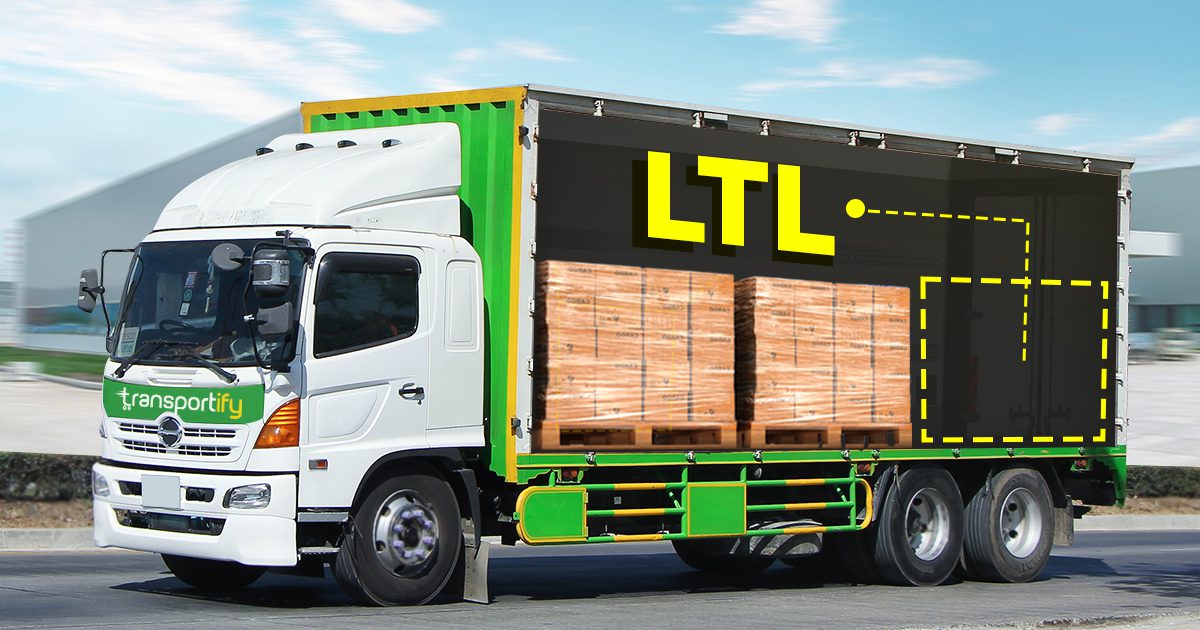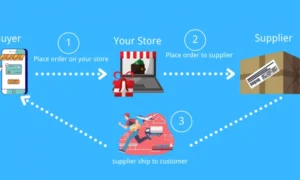Supply chain dynamics are evolving rapidly, driven by customer demand for greater flexibility, efficiency, and transparency. According to a report, the global LTL market is projected to grow by USD 110.7 billion between 2025 and 2029. At the same time, the revenue in the e-commerce market in the United States is forecast to increase by a total of $498.2 billion.
For many businesses, LTL freight has become a practical solution to meet these demands, enabling consistent movement of goods, optimizing costs, and supporting agile supply chains without forcing a one-size-fits-all approach.
Understanding LTL Freight: A Flexible Logistics Solution
LTL Freight forwarder Australia allows businesses to transport shipments that do not fill an entire truck, making it ideal for smaller, more frequent orders that keep inventory flowing without excess.
At its core, less-than-truckload (LTL) shipping consolidates freight from multiple shippers into a single trailer, with each business paying only for the space their goods occupy.
This model offers both efficiency and adaptability, particularly for enterprises seeking to balance operational costs and customer service levels.
The Role of LTL in Today’s Logistics Landscape
LTL is not a replacement for full truckload (FTL) shipping, but a complementary option that aligns with new patterns in supply and demand.
As businesses expand their distribution channels and inventory is spread across multiple locations, the ability to move partial loads efficiently has become a necessity.
LTL provides the needed flexibility, allowing organizations to send smaller shipments without waiting to fill an entire truck.
How LTL Freight Works
Understanding the LTL shipping process is key for supply chain managers looking to maximize efficiency.
LTL carriers typically follow a structured sequence:
- Pickup: Carriers collect shipments from various shippers.
- Consolidation: Freight is combined at a central hub, optimizing trailer space and reducing wasted miles.
- Linehaul: Consolidated shipments are transported to regional hubs closer to their destination.
- Deconsolidation: At the destination hub, freight is separated for last-mile delivery.
- Final Delivery: Shipments are delivered to their respective receivers.
This multi-stop approach not only optimizes capacity but also gives businesses access to broad regional and national coverage.
Business Advantages of LTL Freight
The use of LTL freight brings several important benefits for enterprises aiming to improve logistics performance.
- Cost Efficiency
LTL enables companies to pay only for the trailer space they use, sharing the transportation cost with other shippers.
This pay-per-use model helps reduce per-shipment expenses and provides better budget control, especially for small to mid-sized or growing enterprises with variable order volumes.
- Operational Flexibility
LTL supports shipment schedules that can be adjusted as business needs change, reducing dependency on large, infrequent moves.
For organizations operating on just-in-time (JIT) inventory systems or serving a diverse customer base, LTL means goods can move more often, helping maintain optimal stock levels and rapid response to market changes.
- Scalability and Network Reach
LTL leverages a network of terminals and cross-docking facilities, making it suitable for both established businesses and those scaling up.
With nationwide reach, LTL services allow companies to expand their distribution footprint, serve remote customers, and meet multi-location delivery requirements.
- Environmental Impact
LTL helps reduce the total number of trucks on the road, supporting sustainability efforts and helping businesses move toward their emissions reduction targets.
According to the study, optimized freight consolidation can cut transportation-related greenhouse gas emissions by up to 15% per ton-mile.
- Technology and Tracking
The adoption of technology in LTL operations allows for real-time tracking, automated route planning, and digital proof of delivery.
Visibility across the shipment lifecycle not only supports proactive customer service but also enhances accountability and compliance.
When LTL Freight Makes the Most Sense
For businesses evaluating LTL, understanding the best-fit scenarios is critical.
LTL is particularly valuable when:
- Shipments are between 150 and 15,000 pounds.
- Order sizes fluctuate, requiring regular but not full-truck shipments.
- Multiple destinations or delivery points are involved.
- Flexibility in delivery timing is acceptable.
In contrast, FTL is optimal for large, direct shipments that fill a trailer and require minimal handling. Choosing between LTL and FTL should depend on load size, urgency, and delivery complexity, not just cost alone.
Important Considerations for Dispatchers and Supply Chain Managers
Efficient use of LTL requires close attention to logistics details and carrier relationships.
- Rate Structure
LTL pricing is influenced by weight, dimensions, freight class, mileage, and special handling needs. Accurate shipment data and good packaging can minimize costs.
- Transit Times
LTL shipments often make several stops and may involve transfers between terminals, which can extend delivery times. Reliable carriers will provide clear scheduling and tracking.
- Shipment Integrity
Palletization and secure packaging help protect freight from damage during handling at multiple points.
- Technology Integration
Leveraging routing software and Transport Management Systems (TMS) streamlines planning, documentation, and performance analytics.
LTL in the Era of E-Commerce and Omnichannel Fulfillment
LTL’s adaptability is especially relevant for businesses managing complex order flows across online, wholesale, and retail channels.
E-commerce growth has driven a surge in partial-load shipments, while omnichannel fulfillment strategies demand greater shipment frequency and network agility. LTL provides the infrastructure for businesses to meet customer expectations for speed, accuracy, and flexibility without inflating logistics costs.
Best Practices to Optimize LTL Freight Operations
Success with LTL comes from aligning processes, technology, and partnerships.
- Smart Routing and Load Optimization: Advanced software can automate route selection and maximize trailer utilization, saving time and money.
- Carrier Selection: Work with partners who have a strong network, clear communication, and proven reliability.
- Data Review and Continuous Improvement: Regularly analyze shipping data to identify trends, uncover inefficiencies, and negotiate better terms.
Driving Value from LTL Freight with the Right Technology
Efficient LTL operations depend on strong planning, the right carrier partners, and modern digital tools.
For enterprises managing a mix of order sizes, destinations, and schedules, LTL offers a route to greater efficiency and service reliability. Smart routing software and integrated transport management platforms like FarEye can transform how dispatchers and supply chain managers coordinate shipments, track performance, and manage costs.
Forward-thinking organizations are adopting solutions that bring transparency, automation, and intelligence to every stage of LTL operations, ensuring they can respond to market shifts without missing a beat.


































